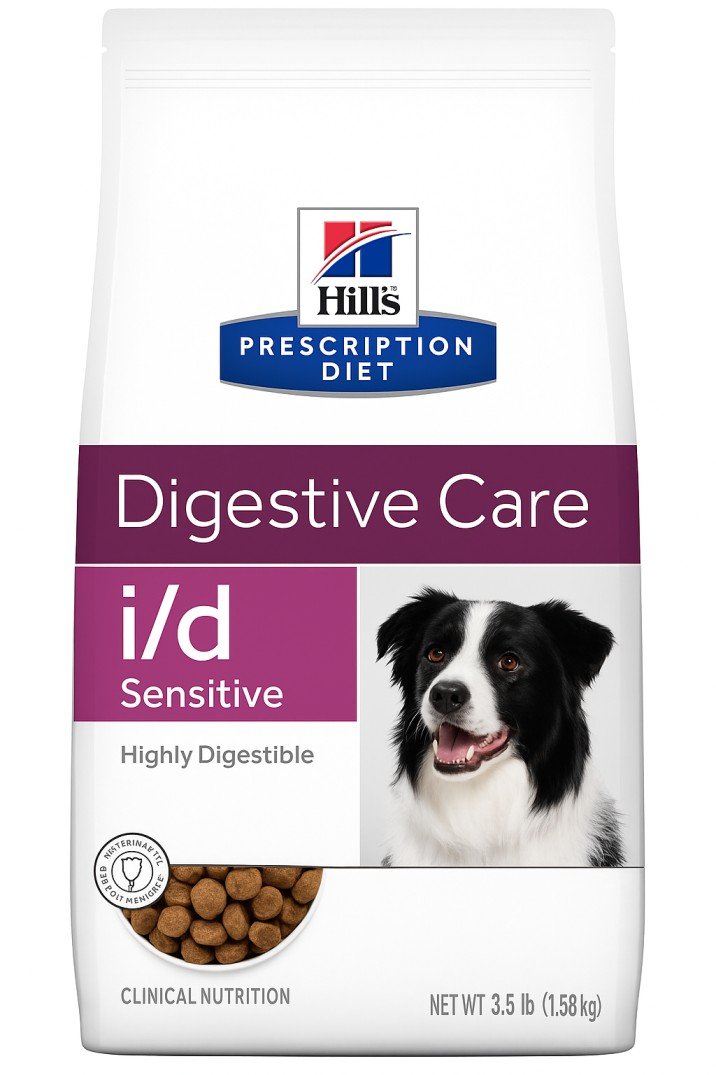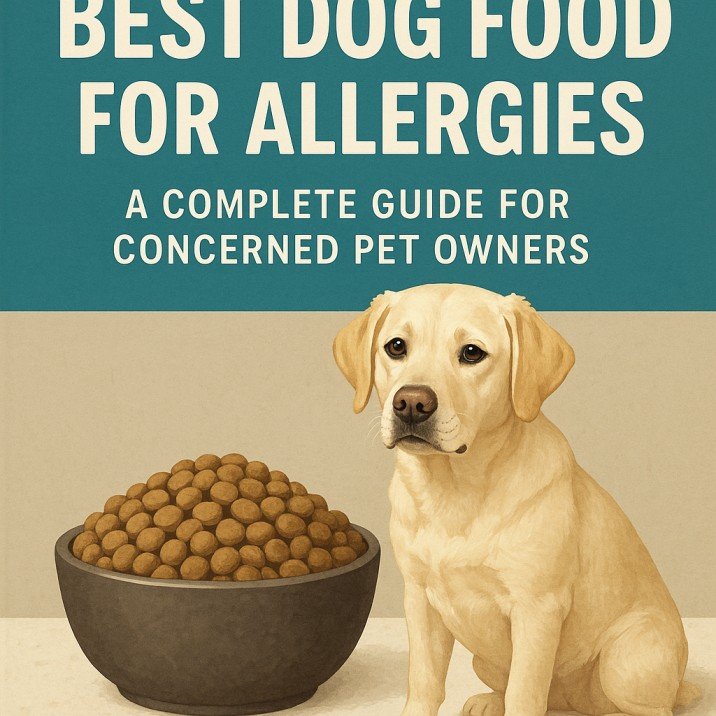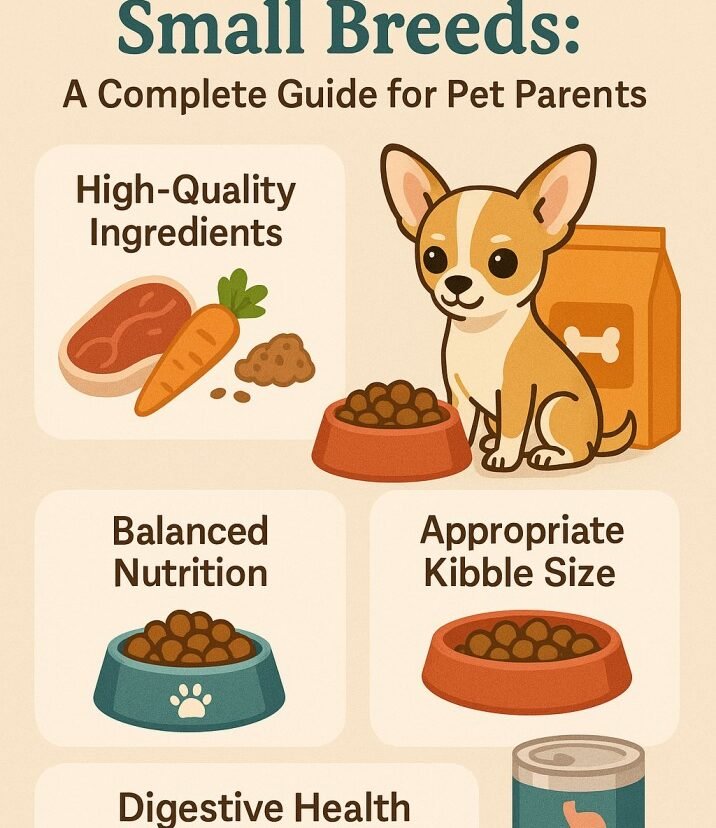Best Dog Food for Sensitive Stomachs: A Complete Guide for Pet Owners
Just like people, dogs can experience digestive issues. If your furry friend often deals with vomiting, diarrhea, bloating, or loss of appetite, they might have a sensitive stomach. One of the most effective ways to manage this issue is by switching to a diet specifically formulated for their digestive needs. In this guide, we’ll explore how to choose the best dog food for sensitive stomachs, what ingredients to look for, and tips to keep your pet feeling their best.
Signs Your Dog Has a Sensitive Stomach
Before diving into food options, it’s important to identify whether your dog truly has a sensitive stomach. Common symptoms include:
- Loose stools or frequent diarrhea
- Excessive gas or bloating
- Vomiting after meals
- Loss of appetite
- Lethargy or discomfort after eating
- Skin issues related to digestion
If these symptoms occur regularly, it’s best to consult your veterinarian to rule out more serious conditions. Once diagnosed, a specialized diet can often make a dramatic difference.
What Causes Sensitive Stomachs in Dogs?
There are several potential reasons your dog may have digestive issues:
- Food intolerances – Some dogs are sensitive to ingredients like grains, beef, chicken, dairy, or artificial additives.
- Low-quality food – Cheap dog foods often contain fillers and poor protein sources that are hard to digest.
- Sudden dietary changes – Quickly switching foods can upset the stomach.
- Underlying health issues – Infections, parasites, or chronic illnesses like IBD or pancreatitis can affect digestion.
Understanding the cause helps guide the best food choice for your pet’s specific needs.
Key Features of the Best Dog Food for Sensitive Stomachs
When searching for the best dog food for sensitive stomachs, focus on the following qualities:
1. Easily Digestible Ingredients
Look for foods made with simple, natural ingredients that are gentle on the stomach. Ingredients like white rice, sweet potato, oatmeal, and pumpkin are great for digestion.
2. High-Quality Protein
Choose a food with a single, high-quality protein source like salmon, turkey, or lamb. Avoid foods with multiple animal proteins or by-products, as they can be harder to digest.
3. Limited Ingredient Diet (LID)
Limited ingredient diets reduce the risk of allergies and intolerances. Fewer ingredients mean there’s less chance of a reaction.
4. Probiotics and Prebiotics
Probiotics are beneficial bacteria that support gut health, while prebiotics help feed these good bacteria. These can improve digestion and reduce symptoms.
5. No Artificial Additives
Avoid foods with artificial flavors, colors, and preservatives. These can trigger stomach upset and allergic reactions in sensitive dogs.
6. Grain-Free or Whole Grains Only
Some dogs benefit from grain-free diets, especially if they’re allergic. Others digest whole grains like brown rice and oatmeal better than corn or wheat.
Top Ingredients to Look Fo
- Salmon or Turkey – Lean, easily digestible proteins
- Sweet Potatoes – High in fiber and gentle on digestion
- Brown Rice – A mild carbohydrate source
- Pumpkin – Great for regulating bowel movements
- Flaxseed – Offers omega-3s and supports gut health
- Chicory Root or Inulin – Natural prebiotics
Ingredients to Avoid
- Meat by-products
- Artificial preservatives (BHA, BHT)
- Corn, soy, and wheat
- Artificial colors and sweeteners
- Excessive fat or spicy flavorings
Transitioning to a New Dog Food
Changing your dog’s food should always be done gradually over 7–10 days. Sudden changes can make symptoms worse, even if the new food is better.
Recommended transition plan:
- Days 1–3: 75% old food, 25% new food
- Days 4–6: 50% old, 50% new
- Days 7–9: 25% old, 75% new
- Day 10: 100% new food
Watch for signs of improvement or any negative reactions. If your dog experiences ongoing issues, consult your vet immediately.
Homemade Dog Food for Sensitive Stomachs
Some owners prefer making homemade meals to control exactly what their dog eats. Common ingredients include:
- Boiled chicken or turkey
- White rice or oatmeal
- Cooked carrots, green beans, or pumpkin
- A small amount of healthy oil like olive or flaxseed oil
Homemade meals must be nutritionally balanced. Speak with a vet or pet nutritionist to ensure your dog gets all necessary vitamins and minerals.
When to See a Vet
Even with the best dog food, some stomach issues might not improve. Visit your vet if:
- Your dog loses weight
- Symptoms persist beyond 1–2 weeks
- Vomiting or diarrhea is severe
- You notice blood in stool or vomit
- Appetite remains low or your dog becomes lethargic
Chronic digestive issues can sometimes indicate deeper health problems that require medical treatment.
Final Thoughts
Finding the best dog food for sensitive stomachs takes a bit of patience, but it’s one of the most effective ways to support your dog’s overall health. By choosing high-quality, digestible ingredients and avoiding harmful additives, you can greatly reduce digestive upset and improve your dog’s quality of life. Every dog is unique—what works for one might not work for another—so monitor closely and work with your vet to find the perfect fit.
Your dog deserves to feel comfortable, energetic, and happy every day, and a healthy stomach is the first step toward that goal.








Leave feedback about this